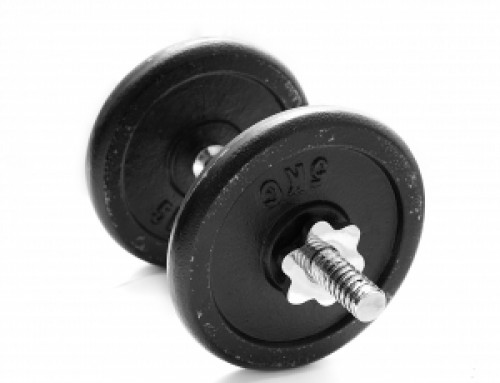Energy Systems and Work to Rest Ratios
Michael La Monica, BS, CSCS
Michael La Monica, BS, CSCS
Tennis involves both aerobic and anaerobic components of fitness and each has different modes of training. The difference between aerobic and anaerobic lays in the fact that aerobic uses oxygen for energy whereas anaerobic does not. Your aerobic component uses type I muscle fibers and your anaerobic uses type II muscle fibers. In order to transfer energy your body runs three different systems according to your intensity and your duration of exercise. These three systems fall under aerobic or anaerobic.
The demands of tennis require involvement of all three energy systems of the body. The first system to engage is the creatine-phosphogen system, which carries you for the first 10 seconds of explosive activity. Second, glycolysis carries you for up to 3 minutes of activity. Finally, your oxidative phosphorylation system allows you to go beyond 3 minutes with aerobic activity. Therefore, creatine-phosphogen and glycolysis are anaerobic in nature and oxidative phosphorylation is aerobic.
Due to the nature of these three systems, each has specific work to rest intervals. These intervals are vital in designing a successful workout to tax a specific system.
Scenarios of maximal stress followed by sufficient regeneration of the energy pool allows for simulation of game type situations. When targeting your anaerobic component use a work to rest ratio of 1:3-1:5 or 1:2 when taxing glycolysis. This will most likely be utilized within your weight lifting and sprinting exercise bouts. For example, if your best 100 meter time is 11s then your work duration for the 100 meter sprint would be 14s with 45s rest equating to a 1:3 ratio. Rest during the anaerobic component means staying on your feet walking or bouncing just to stay moving in order to help clear lactate from your muscles. However, when targeting your aerobic component use a work to rest interval of 1:1. Typical workout bouts last 3-5 minutes with the same rest interval. Resting in the aerobic component is active rest in which you would run at a much slower pace. Interval training is very stressful and should be used sparingly therefore, if done two days a week then spread out the days. This type of training allows you to train close to your maximal oxygen uptake value for greater amounts of time versus a continuous high intensity session. On the other hand, this requires a solid foundation of aerobic training and muscular fitness before beginning.






